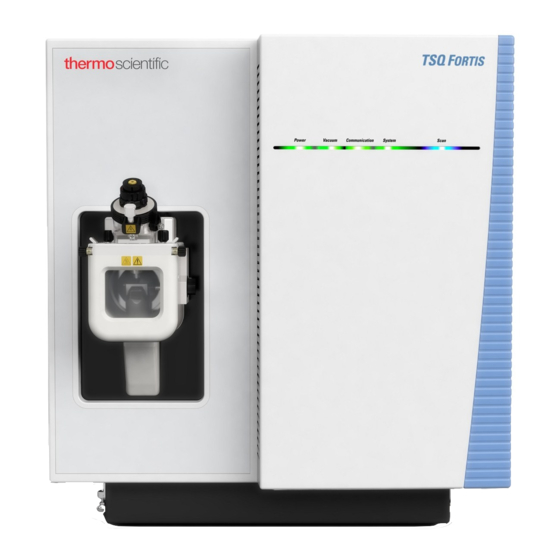
Thermo Scientific TSQ Altis Manuals
Manuals and User Guides for Thermo Scientific TSQ Altis. We have 1 Thermo Scientific TSQ Altis manual available for free PDF download: Hardware Manual
Thermo Scientific TSQ Altis Hardware Manual (176 pages)
TSQ II Series
Brand: Thermo Scientific
|
Category: Laboratory Equipment
|
Size: 9.28 MB
Table of Contents
Advertisement
Advertisement
Related Products
- Thermo Scientific TSQ Endura
- Thermo Scientific TSQ 8000 Evo
- Thermo Scientific TSQ Quantum XLS
- Thermo Scientific TSQ Quantum XLS Ultra
- Thermo Scientific TSQ 8000
- Thermo Scientific TSQ Quantis
- Thermo Scientific TSQ Fortis
- Thermo Scientific TSQ 9000
- Thermo Scientific TSQ Series
- Thermo Scientific TSQ Quantum Access MAX
